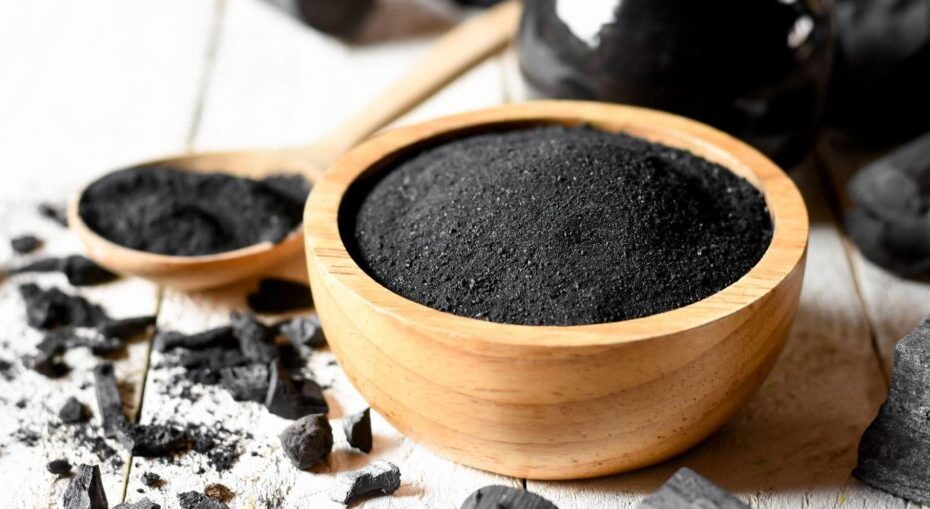Charcoal, specifically activated charcoal, is widely used in medical settings for its ability to treat certain types of poisonings and drug overdoses. Here’s a concise overview of its value in such scenarios:
How Activated Charcoal Works
- Adsorption: Activated charcoal has a highly porous structure that allows it to bind (adsorb) toxins, chemicals, and drugs in the gastrointestinal tract, preventing their absorption into the bloodstream.
- Rapid Action: When administered soon after ingestion of a toxic substance, it can reduce the amount of poison absorbed by the body, potentially mitigating harmful effects.
Uses in Poisoning and Overdose
- Drug Overdoses: Activated charcoal is effective for overdoses of many medications, such as acetaminophen, aspirin, opioids, and sedatives, by binding these substances in the stomach or intestines.
- Poison Ingestion: It can be used for certain ingested poisons, like household chemicals or toxic plants, provided the poison is still in the digestive tract.
- Toxins: It may help with some ingested toxins (e.g., certain pesticides or heavy metals like lead), though effectiveness varies.
Administration
- Timing: Most effective when given within 1–2 hours of ingestion. Beyond this window, its efficacy decreases as the toxin may already be absorbed.
- Dosage: Typically administered as a single dose (e.g., 25–100 grams for adults, based on body weight) or in multiple doses for specific cases (e.g., sustained-release drugs).
- Form: Usually given as a slurry mixed with water, administered orally or via a nasogastric tube in emergency settings.
Limitations
- Not Universal: Activated charcoal is ineffective against certain substances, including:
- Heavy metals (e.g., iron, lithium)
- Alcohols (e.g., ethanol, methanol)
- Corrosive agents (e.g., acids, alkalis)
- Cyanide
- Contraindications: Not used if the patient has a compromised airway, intestinal obstruction, or perforation, or if the poison requires other specific antidotes.
- Side Effects: Can cause vomiting, constipation, or aspiration (if inhaled). Black stools are a common, harmless side effect.
Evidence and Effectiveness
- Supported Use: Studies and clinical guidelines (e.g., American Academy of Clinical Toxicology) support its use in acute poisoning and overdose when administered promptly and appropriately.
- Variable Outcomes: Effectiveness depends on the type of poison, timing, and patient condition. It’s not a cure-all and is often used alongside other treatments (e.g., antidotes, supportive care).
Practical Considerations
- Emergency Use: Primarily used in hospitals or emergency rooms under medical supervision.
- Availability: Available in medical settings and some pharmacies.
Conclusion
Activated charcoal is a valuable tool in treating certain poisonings and drug overdoses by reducing toxin absorption when given promptly. However, it’s not effective for all substances, requires medical oversight, and is most useful in acute, early-stage cases. For suspected poisoning or overdose, immediately contact emergency services or a poison control center (e.g., in the U.S., call 1-800-222-1222).
This article is copyrighted by Ital is Vital, 2025. Want to re-post this article? Visit our guidelines.
DISCLAIMER: THIS WEBSITE DOES NOT PROVIDE MEDICAL ADVICE
The information, including but not limited to, text, graphics, images and other material contained on this website are for informational purposes only. The purpose of this website is to promote broad consumer understanding and knowledge of various health topics. It is not intended to be a substitute for professional medical advice, diagnosis or treatment. Always seek the advice of your physician or other qualified health care provider with any questions you may have regarding a medical condition or treatment and before undertaking a new health care regimen, and never disregard professional medical advice or delay in seeking it because of something you have read on this website.
